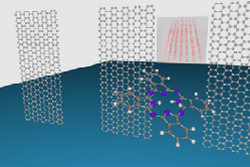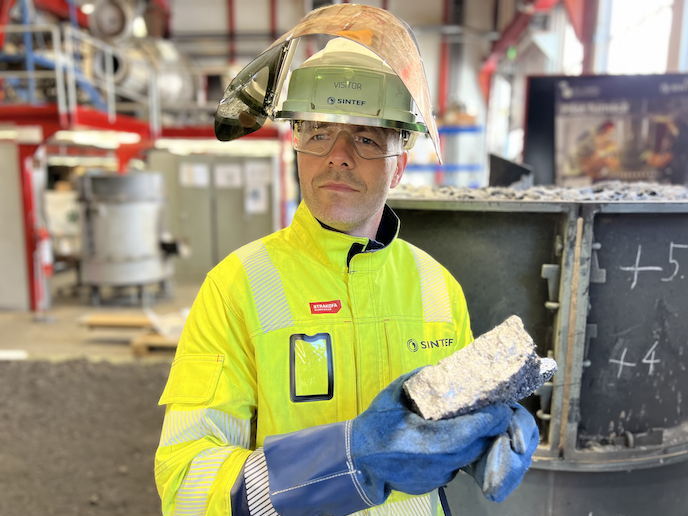Innovative nanoparticles, optics and matter-wave technology chart new frontiers for quantum science
This FET funded project was highly ambitious in scope and its scientific goals, as explained by project coordinator Prof. Markus Arndt of the University of Vienna. It has been the first worldwide team to have seen the quantum delocalisation of complex molecules and nanoparticles, where individual objects could be composed of dozens, up to many hundreds, of strongly bound atoms, and yet be delocalised over micrometer scales and times as long as 10 ms. Alongside its deep theoretical anchorings, NANOQUESTFIT(opens in new window) has also a strong technology-oriented focus. This includes the development of new methods in chemical synthesis and nanofabrication to prepare tailed macromolecules and nanoparticles, beams of which could be prepared in high vacuum at low velocity – and detected with single-molecule sensitivity. Quantum technologies were also pushed with the development of ultra-thin matter-wave beam splitters, down to the level of single-layer graphene, as well as the exploration of reflective diffraction gratings. NANOQUESTFIT also showed that a single absorbed photon can act as a coherent beam splitter for a single macromolecule. ‘Very concretely, our project is also the stepping stone to emerging realisations of molecule metrology, where properties of molecules and nanoparticles can be measured with high sensitivity because matter-waves allow to form quantum interference fringes as nanometric rulers’ commented Prof. Arndt. Exploring wave-optical nature NANOQUESTFIT has explored the wave-optical nature of matter, based on the fact that the most fundamental law of non-relativistic quantum physics, the Schrödinger equation, predicts that even massive objects can propagate like wavelike entities and delocalise over macroscopic regions in space when they are suitably prepared and then left unperturbed. This is colloquially described as each particle being at several places at the same time. The quantum optical elements divide the quantum mechanical wave function for each individual incoming molecule or cluster coherently, i.e. with a fixed phase relation, into several paths that can later be recombined by another (set of) beam splitter(s). ‘In NANOQUESTFIT we have made good progress in this respect. Colleagues have devised new nanomechanical elements for that purpose. They were sculpted to have tiny through-holes, as narrow as 50 nm arranged in periods of 100 nm,’ continued Prof. Arndt. ‘They were all shown to be useful as matter-wave beam splitters. I think the community will also want to rethink the power of mechanical diffraction masks. They are compact, rugged, and don’t require any energy. For compact atom interferometers they still promise many virtues.’ Next steps for NANOQUEST Prof. Arndt confirmed that matter-wave sensing is the concrete next goal but conceded that the technology still needs to be perfected. The project team plans to develop that methodology, also in collaboration with an internationally established laser company and by enlarging the community to material science and cluster physics. The project partners are also discussing additional ideas that are much closer to the market: they refer to local needs and aspects of daily research, to facilitate work in a laser lab or with mass spectrometers. ‘This is rather typical for many such projects, that you get a number of ideas on the side which may also be valuable for others, independent of the original project,’ says Prof. Arndt. ‘But matter-wave enhanced molecule/cluster/nanoparticle metrology is high up on the task list and will be strongly pushed forward.’







